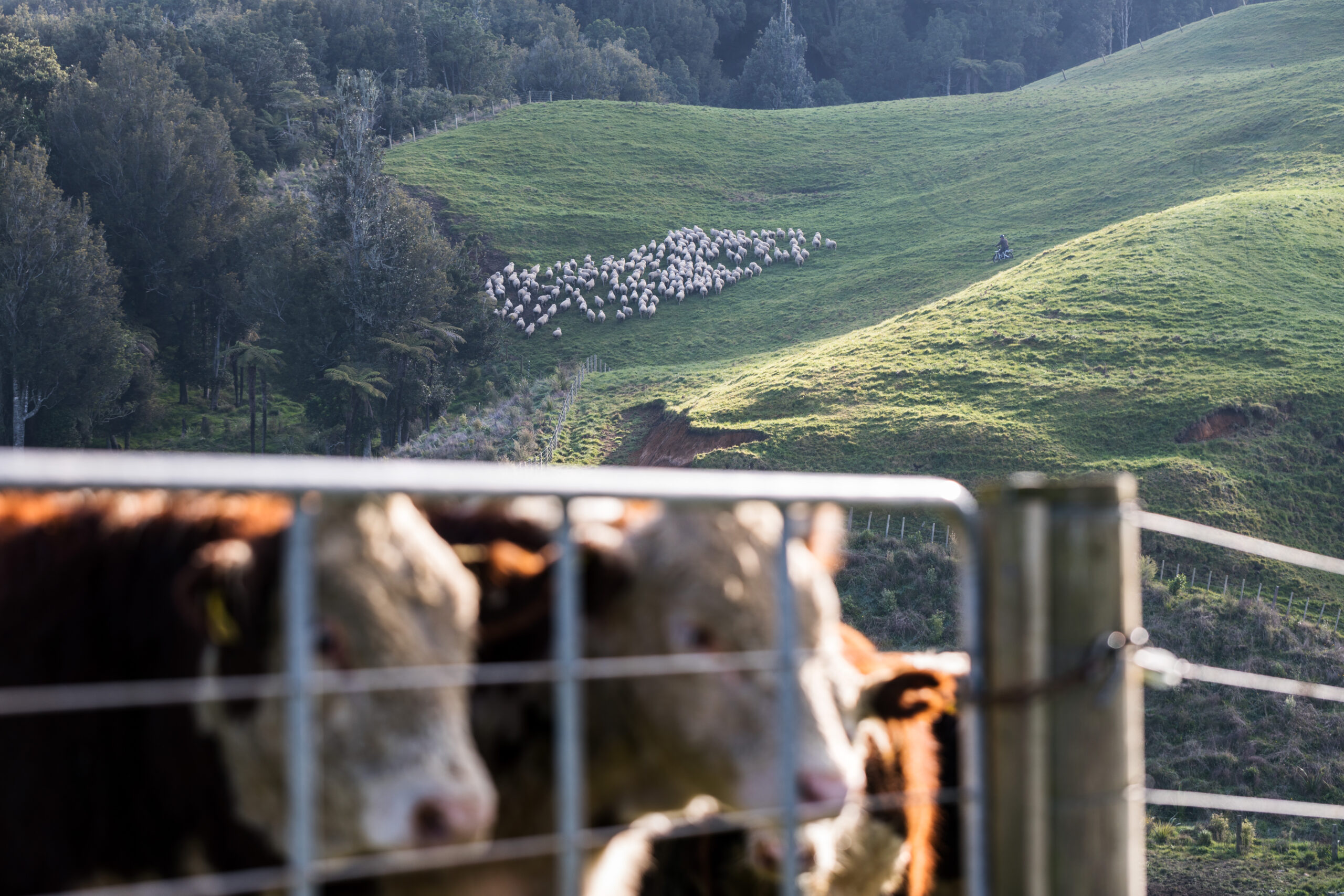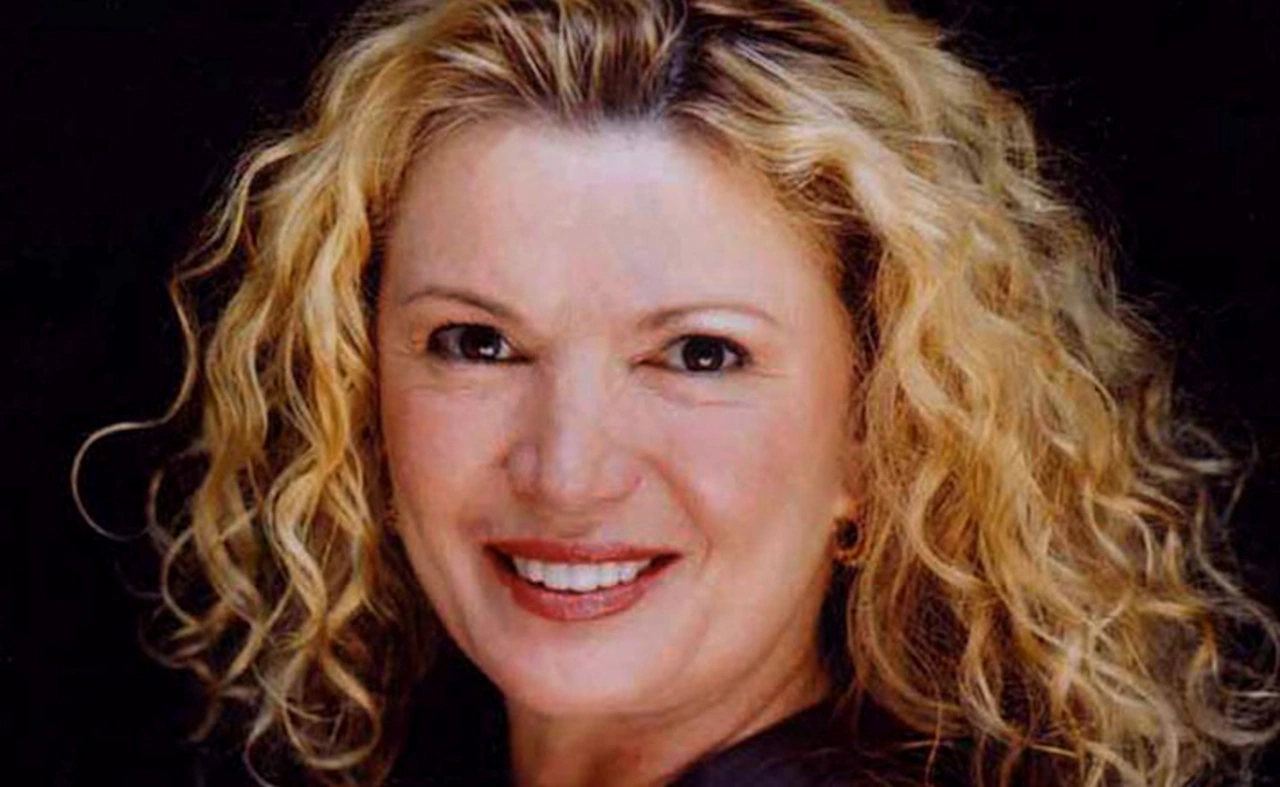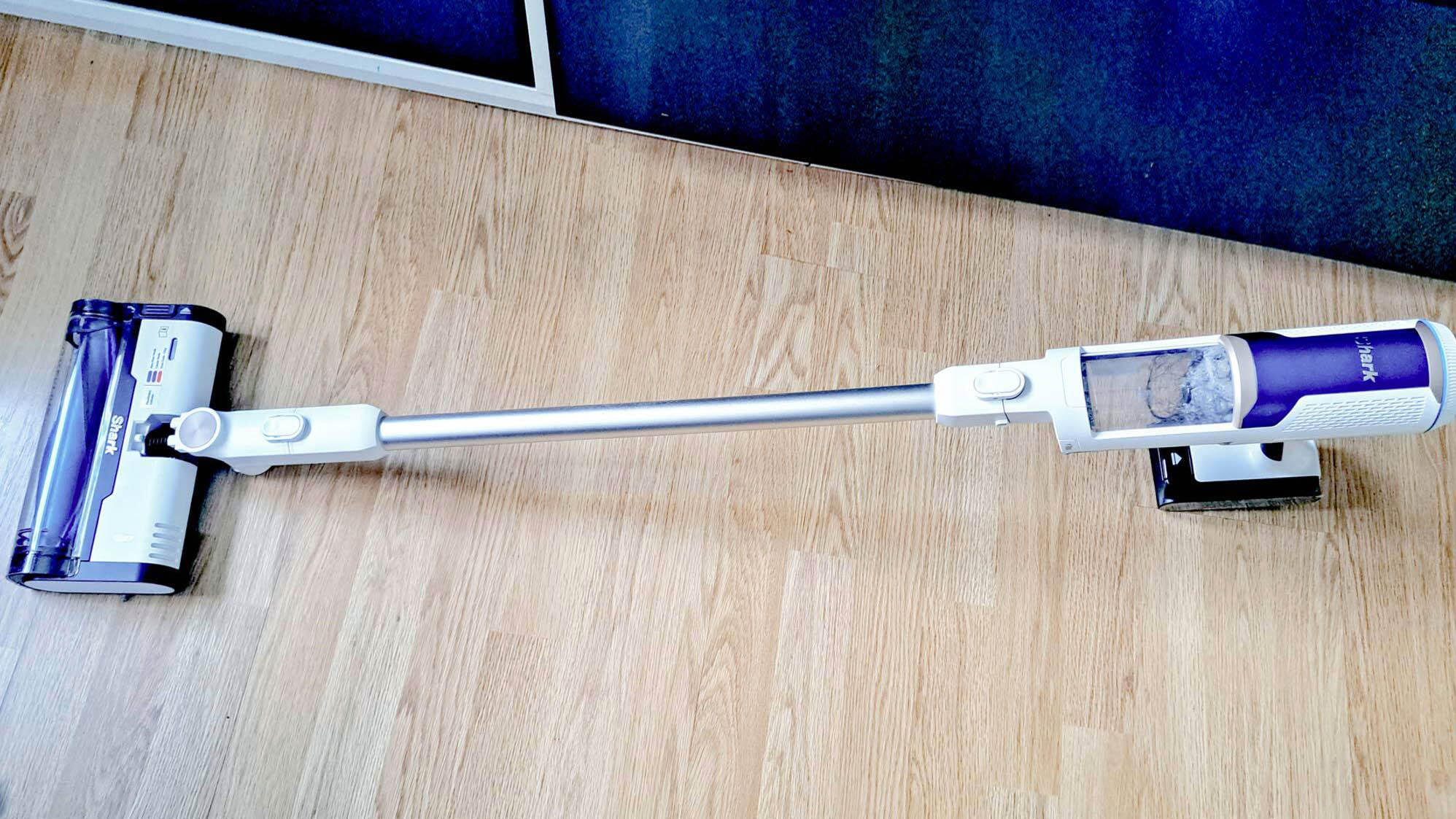By Guest writer,Keith Woodford
Copyright farmersweekly

Reading Time: 4 minutes
By Keith Woodford
The price of sheep and beef land is not sustainable. It makes no economic sense. The price has to crash both in real and nominal terms. The only question is when this crash will occur.
There are three linked factors contributing to the price being unsustainable.
The first is that it is not possible for most farms to pass through the generation-succession process at current prices. There is no chance of one sibling buying out other siblings unless there are substantial off-farm assets to also be divided up. Even if there is only one child, funding a retirement lifestyle for the older generation is problematic.
The second is that the average sheep and beef farmer is now approaching 60 years of age. We don’t know the exact figure, but we do know with certainty that sheep and beef farmers are getting older.
The average sheep and beef farmer is undoubtedly older than the average dairy farmer, for whom there are well developed succession processes via sharemilking, contract milking and equity partnerships.
The third of the linked factors as to why the current price of sheep and beef land is not sustainable is that there is no chance of new entrants relying on substantial bank finance. Quite simply, the necessary return on capital does not exist to keep bankers happy.
The best source of information on sheep and beef profits is the BLNZ Farm Surveys. Here I initially focus on the so-called national average farm known as Class 9. Recognising that the national Class 9 can hide a lot of diversity I will subsequently scratch a little deeper to the eight individual farm types.
I also note here at the outset that the BLNZ economic classes are for farms where the farmer is essentially a full-time farmer. Lifestyle and part time farms are excluded.
The current average total capital of these farms according to BLNZ is $9.17 million for land plant, machinery and livestock but excluding the homestead. Land comprises 90% of this value.
The per-hectare average value of the land is $11,600 and the value per stock unit (roughly per ewe equivalent) of this land is $1860. The debt is $1.53 million per farm, $2140 per ha and $344 per stock unit.
Despite the current market prices of beef and sheepmeat being at record levels, the average return on farm capital for the 2024/5 year for the national average sheep and beef farm has been provisionally estimated by BLNZ as having been a dismal 1%. Their forecast as at September 2025 for the 2025/26 year is 1.2%.
Given these returns are so low despite record meat prices, the obvious question is, how do the returns compare with previous years?
The answer, for the preceding eight years from 2016/17 and thereafter, is that the return on capital averaged only slightly less, at 0.9%.
The explanation for current prices not raising profit percentages by a greater amount is twofold. First, costs have increased 40% since 2016/17. Second, the market price of land increased 30% from 2016/7 through to 2020/21, before sliding back 7% since then.
Debt has increased 50% since 2016/17, but equity has only slipped slightly from 74% to 72%, being held up by the inflated land prices.
It does not matter how I torture the figures, there is no way that the average sheep and beef farm can pass through from one generation to the next based on current values.
For this average farmer, the only exception would be where the older generation has only one child and the older generation also have substantial off-farm assets to fund their own retirement.
So where are the new buyers going to come from?
There is no easy answer to that question. There is no way the banks are going to increase mortgages above current levels.
The next question is how much land prices have to drop before banks might become interested to finance the necessary quantity for land transfers to occur.
There is also no easy answer to that question, but I will have a go at it.
My starting point is to assume that banks will want to see a realistic business plan with an EBIT (earnings before interest and tax) of at least 6% before they take on new sheep and beef farms. They will also want to see that figure of at least 6% achieved with lamb and beef meat prices well below the current prices.
To get an EBIT of 6% I find that I need to drop the value of the land by more than 50%. Even then I would struggle to present a convincing case to a hard-nosed banker that the margins are attractive.
The hard reality is that sheep and beef farming can provide a successful lifestyle but it is a real struggle to make it stack up in banking terms.
Earlier in this article I said that I would scratch a little deeper to see whether the national Class 9 story also applied to the eight individual farm classes spread across the country. I can now report that it does, at least in relation to the big picture.
The hard North Island hill-country farms are larger, the North Island finishing farms provide higher returns per hectare, and the South Island hill country farms are larger but with lower stocking rates. However, the overall big picture is the same: dismally low returns on capital with land values driven by non-economic factors.
In each case it is the farmers as vendors and purchasers who have set the price, with the notable exception being that foresters have also had an influence on the North Island hill country and also in parts of Otago.
So, is there any reason why this situation cannot continue?
The answer is a simple yes, there is a reason it cannot continue. Very simply, it is because sheep and beef farmers are getting older and older.
It can also be asked whether sheep and beef farmers have something to learn from dairy-farm succession strategies.
The answer there is “maybe”, but there are good reasons dairy finds it much easier to manage the generation transition. Quite simply, dairy provides the cash flow to make many things possible.
I am left with the supposed call from Apollo 13 ringing in my ears, that Houston, we have a problem. Whereas Apollo 13 managed to solve its problem and returned safely to Earth, I don’t see a ready solution for the average sheep and beef farm.



